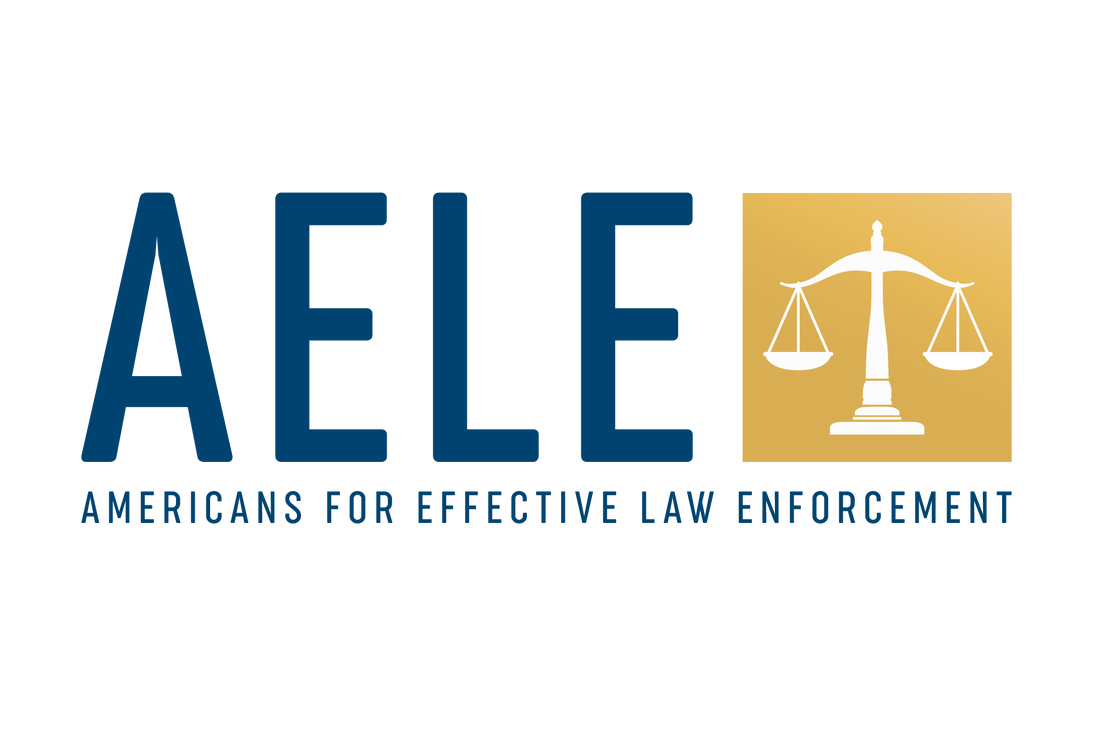
International Assn. of Chiefs of Police
Legal Officers Section
2001 Conference materials
Updated in Jan. 2003 by AELE staff
Practical Pointers for
Limiting Critical Incident Liability
By
Claire McNaught
Former Public Safety Attorney,
Winston-Salem, N.C. police department.
mailto:cmcfong@yahoo.com
Exposure in Critical Incidents
I. Policies
A. Intelligence
B. Use of Force
C. Selection of Tactical Response Team
D. Training
E. Media Relations
II. Intelligence
A. Threat Assessment
B. Target Selection
C. Target Tracking
III. Training
A. Tactical team-including snipers
B. K-9 officers
C. All agency sworn personnel-including command staff
D. Support staff-photographers, medical personnel, crime scene specialists
IV. Communications
A. Mutual aid contracts and equipment
B. Straight line for tactical team communications
C. Clear Chain of Command
V. Media
A. Designated department liaison for all communications
B. Advance meetings to discuss agency policy on containment, information, etc.
VI. Weapons
A. Regular training on all issued weapons (regular inspection and maintenance)
B. Review annually or more often agency policies on use of force, statutes and law on use of force.
C. Less than lethal weapons and the evolving technology
VII. Mistakes
A. Critiques
B. Learn from your mistakes!
C. Discipline
VIII. Legal Advisor
A. Review ordinances and statutes emergency conditions, demonstration restrictions, etc.
B. Routine training
C. Immediately Accessible
An excellent summary of the issues is presented in the June, 1994 FBI Law Enforcement Bulletin. Legal Issues in Crisis Management Jeffrey Higgibotham.
Cases of Significance
Intelligence Gathering/Planning
1. Grider v. Abramson, 180 F.3d 739 (6th Cir. 1999) Demonstration by KKK-prior restraint on First Amendment rights includes excellent review of law in the area
2. Rosenbaum v. New York City, 975 F. Supp 206, (E.D.N.Y. 1997) Failure to protect Hasidic Jews despite knowledge of threat.
3. Garcia v. Johnson, 64 F.3d 669 (10th Cir. 1995) Plaintiff alleged failure to evaluate site to be searched in advance of search warrant execution.
4. Gates v. Court of Los Angeles County, 38 Cal. Rptr.2d 489 (Cal. App. 1995) Alleged failure to protect during riots after Simi Valley verdict in Rodney King beating case.
5. Riggs v. City of Albuquerque, 916 F.2d 582 (10th Cir. 1990) Political activists targeted by police surveillance had cause of action under 1st amendment.
6. Amster v. City of Tempe, 248 F. 3d 1198 (9th Cir. 2001) City Code requiring permit to sit or lie in streets not facially invalid.
7. Thomas v. Chicago Park District, No. 00-1249, 534 U.S. 316, 122 S.Ct. 775 (2002), upholding a regulation which requires applicants to obtain a permit to rally in a public forum as constitutional.
Training/Weapons
1. Jensen v. City of Oxnard, 145 F.3d 1078 (9th Cir. 1998)- SWAT team member killed by team leader. Plaintiff alleged failure to train.
2. Strachan v. City of Federal Heights, 837 F. Supp.1086 (D. Colo. 1993). Use of deadly force unjustified.officer lacked training.
3. Salas v. Carpenter, 980 F.2d 299 (5th Cir. 1992). Sheriff without tactical team or trained personnel takes over hostage situation and hostage killed.
4. Sager v. Woodland Park v. Colo. Springs, 543 F. Supp 282 (D. Colo. 1982) officer mishandles shotgun killing teenager. Third party liability of a training academy.
Deadly Force
1. Plakas v. Drinski, 19 F.3d 1143 (7th Cir. 1994)-plaintiff alleged officers were required to exhaust all other use of force options before resorting to deadly force.
2. Sigman v. Town of Chapel Hill, 161 F.3d 782 (4th Cir. 1998)-plaintiffs three witnesses testified plaintiff was unarmed when shot by officers.
Innocent Bystander/Hostage Killed or Injured
1. Rucker v. Harford County, 946 F.2d 278 (4th Cir. 1991)
2. Radecki v. Barela, 146 F.3d. 1227 (10th Cir.1998)
3. Liebenstein v. Crowe, 826 F. Supp 1174 (E.D. Wis. 1992)
4. Lee v. Williams, 138 F. Supp. 2d 748 (E.D. Va. 2001).
5. Milstead v. Kibler, 243 F.3d 157 (4th Cir. 2001)
Searches:
1. Sharrar v. Felsing, 128 F.3d 810 (3d Cir. 1997)
2. Garcia v. Johnson, 64 F.3d 669 (10th Cir. 1995)
3. United States v. Hoseaucabell, 1999 U.S. Dist. Lexis 21698 (S.D. Ind. 1999)
4. United States v. Pettiford, 51 F.3d 269 (4th Cir. 1995)
5. Ohio v. Richard, 2000 Ohio App. Lexis 4077 (2000)
Weapons/Use of Force
1. Saucier v. Katz, 533 U.S. 194, 121 S. Ct. 2151 (2001)
2. Price v. San Diego, 990 F. Supp 1230 (S.D. Cal 1998) debunks much of the literature about positional asphyxia
3. Johnson v. City of Cincinnati, 39 F. Supp 2d 1013 (S.D. Ohio 1999). Price only applies to healthy subjects
4. Cruz v. City of Laramie, 239 F.3d 1183 (10th Cir. 2001) follows Johnson.
5. U.S. v. Folks, 236 F.3d 384 (7th Cir. 2001) use of flashbangs
6. Brazda v. City of Reno, 105 F.3d 664 (9th Cir. 1997)
7. Benavides v. Texas, 992 S.W. 2d 511 (Tex. App. 1999)
8. Customer Co. v. Sacramento, 895 P.2d 900 (Cal. 1995) use of tear gas
9. State v. Taplin, 36 Wn.App. 664, 676 P.2d 504 (Wash. App. 1984) chokehold to prevent defendant from swallowing balloons believed to contain heroin.
Copyright © AELE 2022